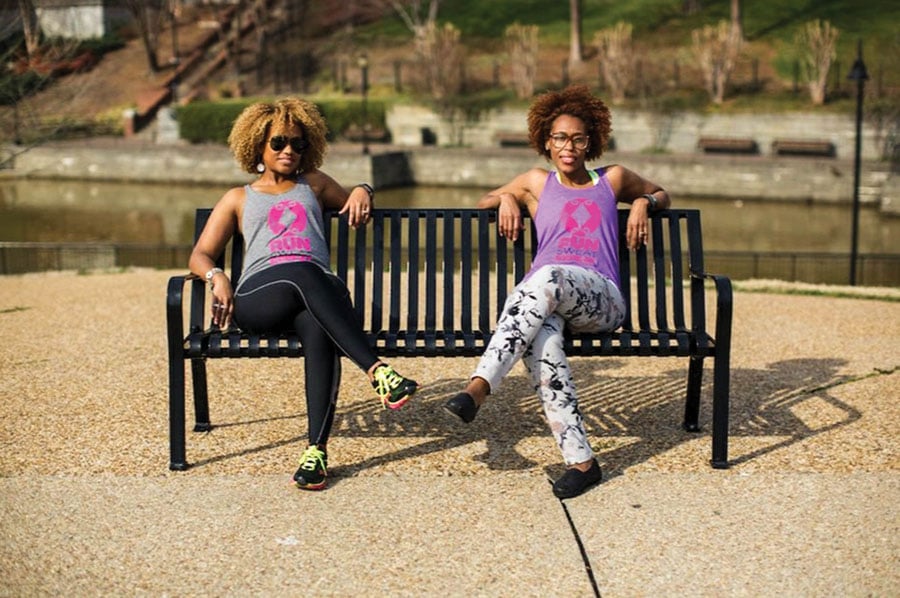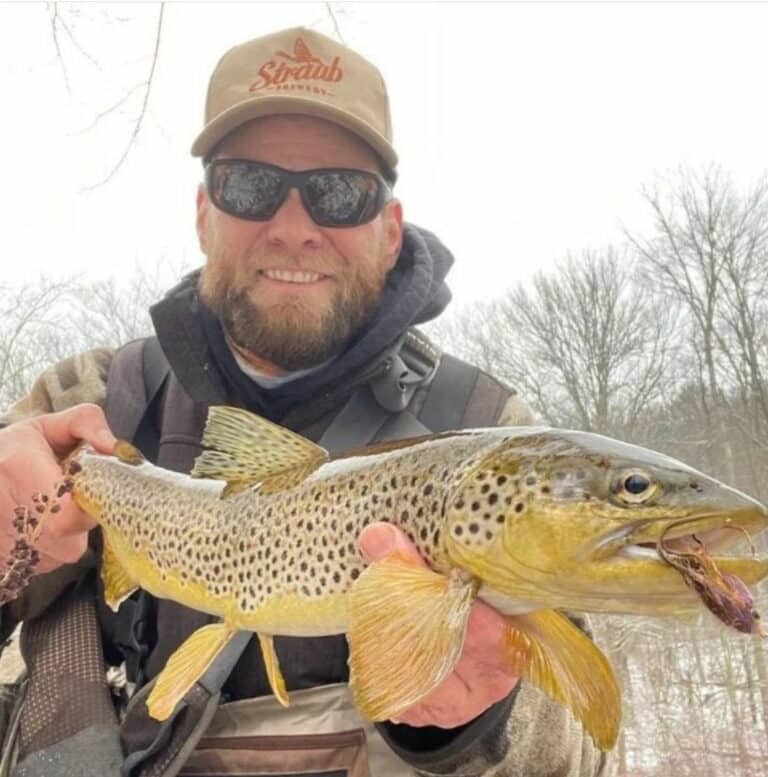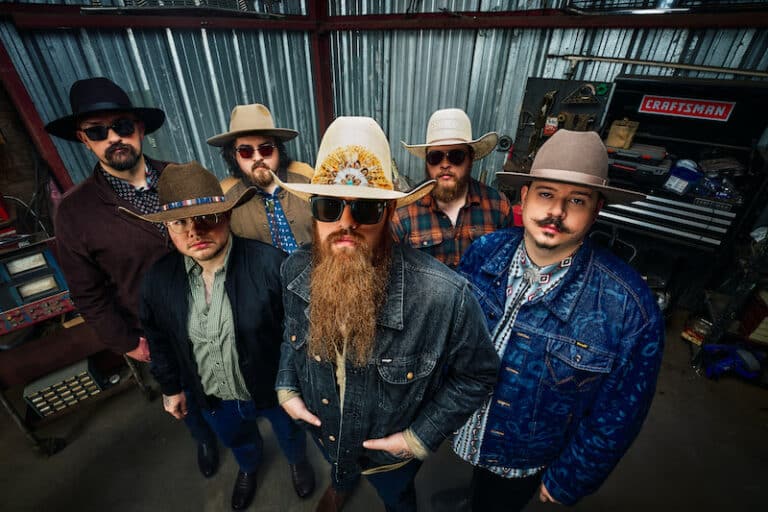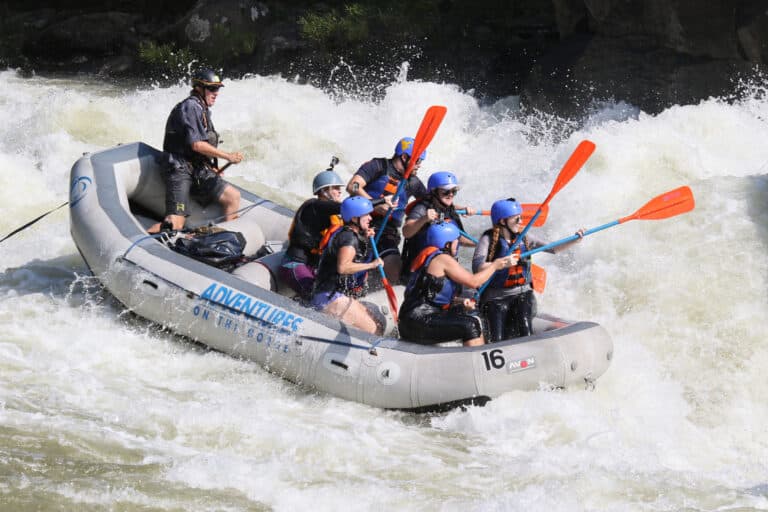It started with a friendship between two sorority sisters.Today, they’ve created an international movement that includes more than 235,000 women and 73 running groups focused on encouraging all women, but especially women of color, to make fitness and healthy living a priority.
The story begins a decade and a half ago when Toni Carey and Ashley Hicks-Rocha, now both 34 years old, met as sorority pledges at Middle Tennessee State University in Murfreesboro, Tenn. Ashley, who came to the university on a soccer scholarship, was a mass communications major. Carey, a year behind Hicks-Rocha in school, majored in public relations and marketing. Both shared an entrepreneurial spirit and a life-long bond was formed.
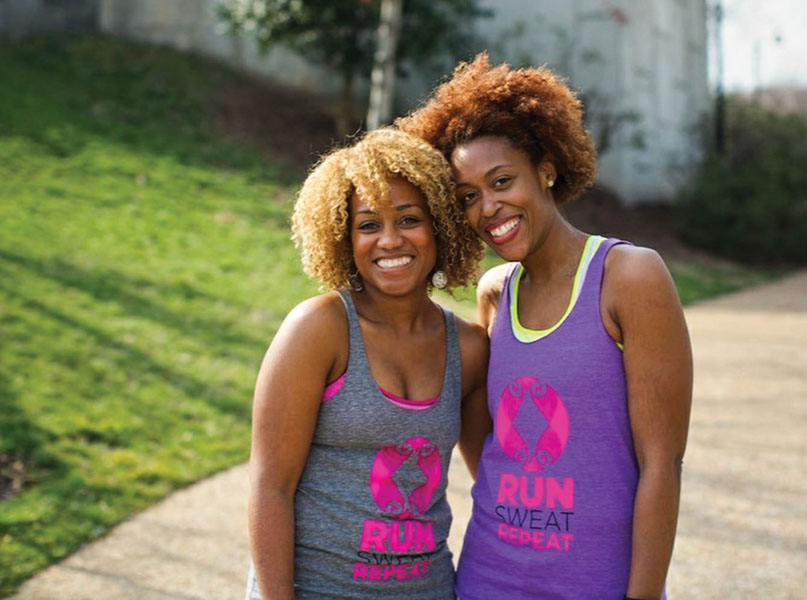
Fast forward a few years, and the two friends found themselves in different cities, trying to meet the fast-paced challenges of work and relationships in the real world. Both women also knew the reality that faced them: four out of five African-American women are overweight and at risk of diabetes and high blood pressure.
Hicks-Rocha, the college athlete, started running first. She just laced up her shoes and began hitting the pavement. And she shared her experiences with Carey, who remembers watching from the sidelines for about a year. “She shared her journey with me, which was great, but my initial reaction was ‘I don’t get it,'” says Carey. “Long distance running is always what you see white people doing.”
Stresses in her personal and professional life eventually moved Carey off the sidelines and into the running world. She changed her diet and bought a pair of running shoes. Then she called her mother to tell her the plan. “My mom said, ‘Toni, running is something white girls do. Be careful—your uterus will fall out.’”
Once both women were running, they started comparing notes on their experiences. Not only did their conversations involve discussions of diet, exercise regimes, and workout clothing; there was also talk about the realities, barriers, and stigmas that had to be overcome both from the white running community that was unused to their presence and from the black community that didn’t feel empowered and secure enough to join the running ranks.
So the two decided to blog about their experiences. “It was just the two of us running and we were black so we called our blog ‘Black Girls Run!’” explains Hicks-Rocha. “Then in 2011, there was a marathon in Atlanta and we invited black women runners from around the country to show up. We had no idea that there were other black women running, but there were and they came. It literally went viral and we watched it grow from there.”
Those ripples in the pond have touched lives around the world. “There are so many stories,” says Carey. “I think the one that impacted me the most was the woman whose daughter was fighting breast cancer. She told us that she didn’t think that she would have made it through her daughter’s illness and passing without Black Girls Run. Running helped her navigate her journey.”
Running is often secondary to the wider efforts of Black Girls Run. “We are a tight knit group supporting each other on the pavement and in everyday life,” says Carey.
Philadelphia high school Principal Keisha Wilkins would agree. The 39-year-old ultra marathoner zooms around her school with sneakers on her feet and a pearl necklace around her neck. At her school there is a healthy kids running series and the calendar includes “medal Mondays,” where she and her kids show off their running medals that they have earned together in races.
But it was not always so. In 2013, Wilkins was searching for a way to get a handle on her life. She had three children, a stressful job, and weighed 285 pounds. That summer, she bought sweatpants and sneakers and vowed to run five miles by the end of the summer. She found a group of Black Girls Run ladies who became her “sole sistas” and opened up a whole new world of fitness and mental health. In 2014, she ran a marathon. In 2015 she completed a grueling ultramarathon trail run in New York.
“It is a sisterhood of growth, love, knowledge, self-esteem, and wellness practice,” says Wilkins. “We walk and run in fellowship. We accept challenges together, we hold each other accountable, and we know that there will be somebody there for you.”
A few years ago in her first race, Wilkins remembers that she was one of four black women entered. “I got to the race and I saw how many people were NOT African-American. At that first race, the four of us have a picture of us waving, and we were surrounded by white people.”
But times are changing. She has now participated in long distance events where 500 women of color showed up to compete. “It was so empowering,” Wilkins says.
These days, Wilkins, who has lost 100 pounds, is a run coordinator who organizes her local Black Girls Run group.
“Black families are dying because of high blood pressure, diabetes, and high cholesterol and it is all because of the stigma surrounding diet and exercise,” she lamented. “But Black Girls Run changes that.”
Further south in Milledgeville, Georgia, Jean Fraley is a 62-year-old grandmother, retired from the mental health and juvenile justice system. “In my family we have diabetes and high blood pressure. I retired and decided that I did not want to spend my retirement in the doctor’s office,” she explained.
In April of 2015, she started focusing on running and soon connected with women from BGR! “Black Girls Run is about encouraging other women of color to get out there. It is almost like you are a winner before you start and are best friends with the other women even if you don’t know them.” She basks in being a role model for her children and grandchildren. Her two sons like to brag that their mother is the number one ranked woman of the area in her age group. Now, she says, it is almost a pleasure to go to the doctor and get her “happy report.”
The movement has spread beyond the pavement to being outdoors in general, including trail running, hiking, and camping. “There was a lack of representation [for black women] in the outdoors and in the industry. Then we came on the scene and showed people that it is acceptable,” says Carey, who is the full-time head of BGR! “I know that I am outdoors more now. I noticed early on when I would go hiking with my husband that there weren’t a lot of minority people out hiking. And there were not a lot of women in executive positions in the outdoor industry as a whole. The culture of the outdoor industry has been a boys club. We are pushing to change that, but real change happens from the grassroots level, from the bottom up. The outdoors industry needs to understand that we are not waiting for them to change. We are going to make sure that the outdoors looks like the rest of the world.”
Carey’s mom has long since accepted the fact that her daughter’s uterus is not going to fall out. In fact, her mother looks in amazement at what the two college friends have done and the lives that they have changed.
“Our job is to love on these ladies,” says Carey. “They have never been told they are beautiful, capable, and smart. It is neat to see these women transform.”
